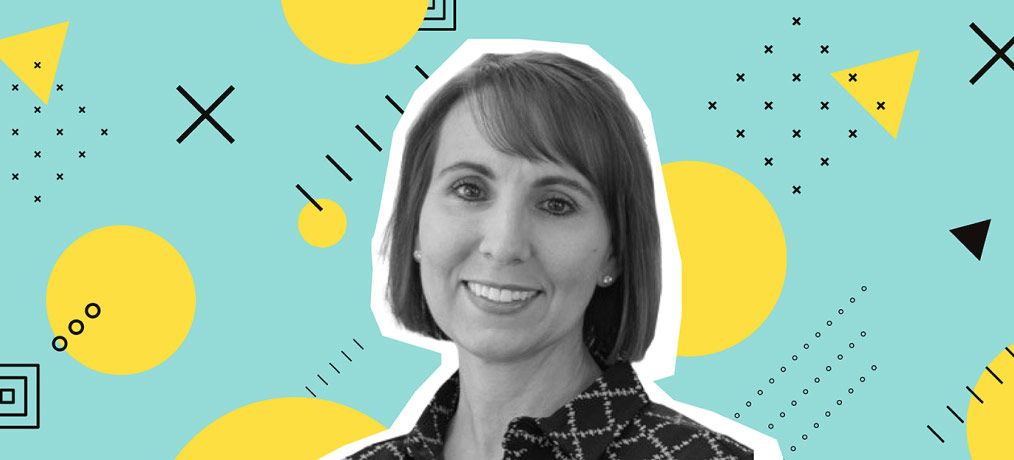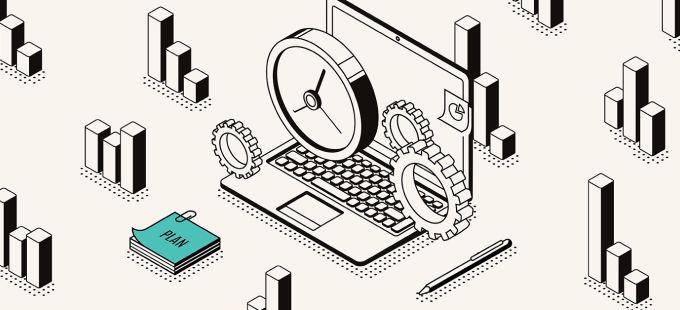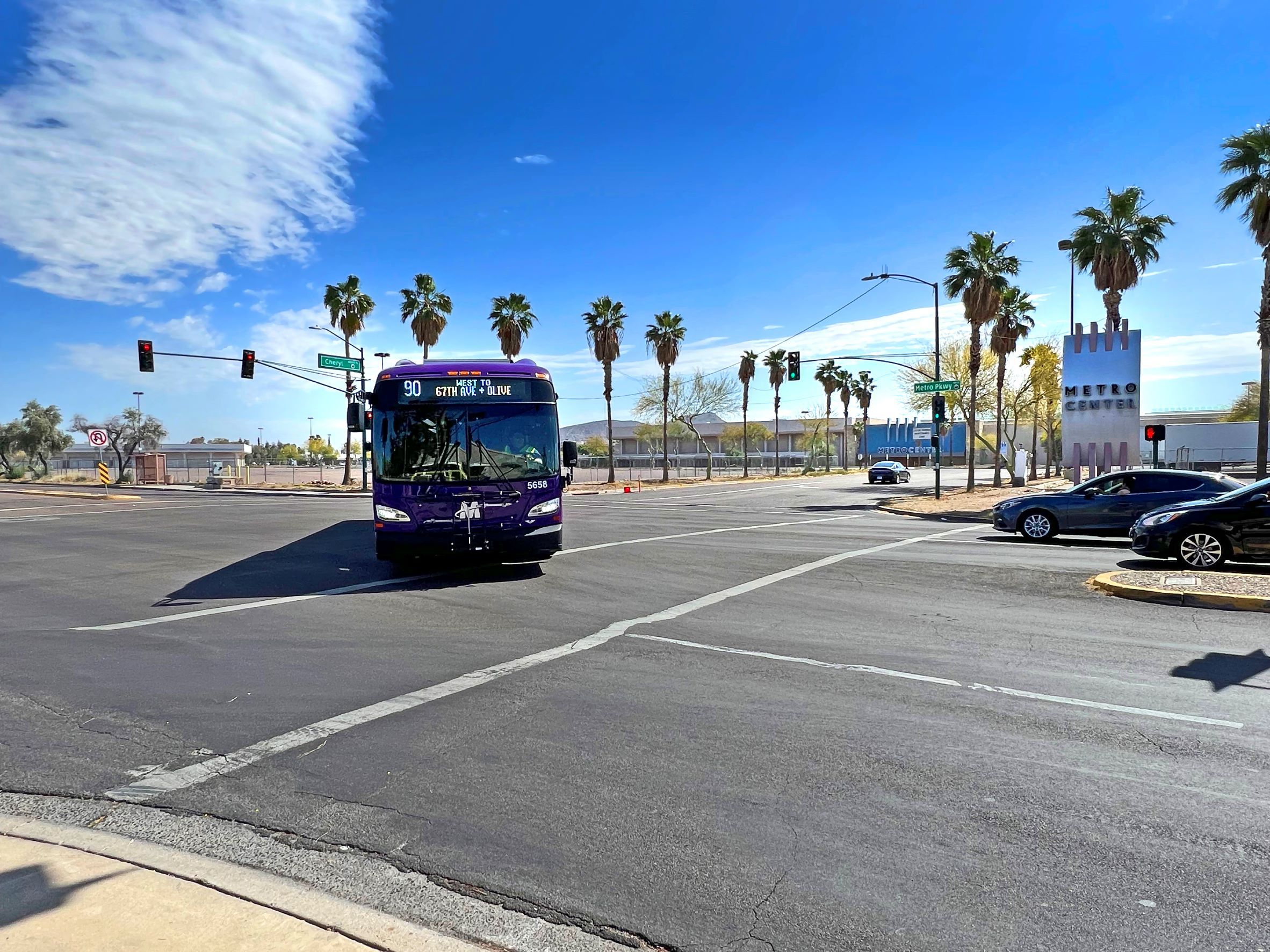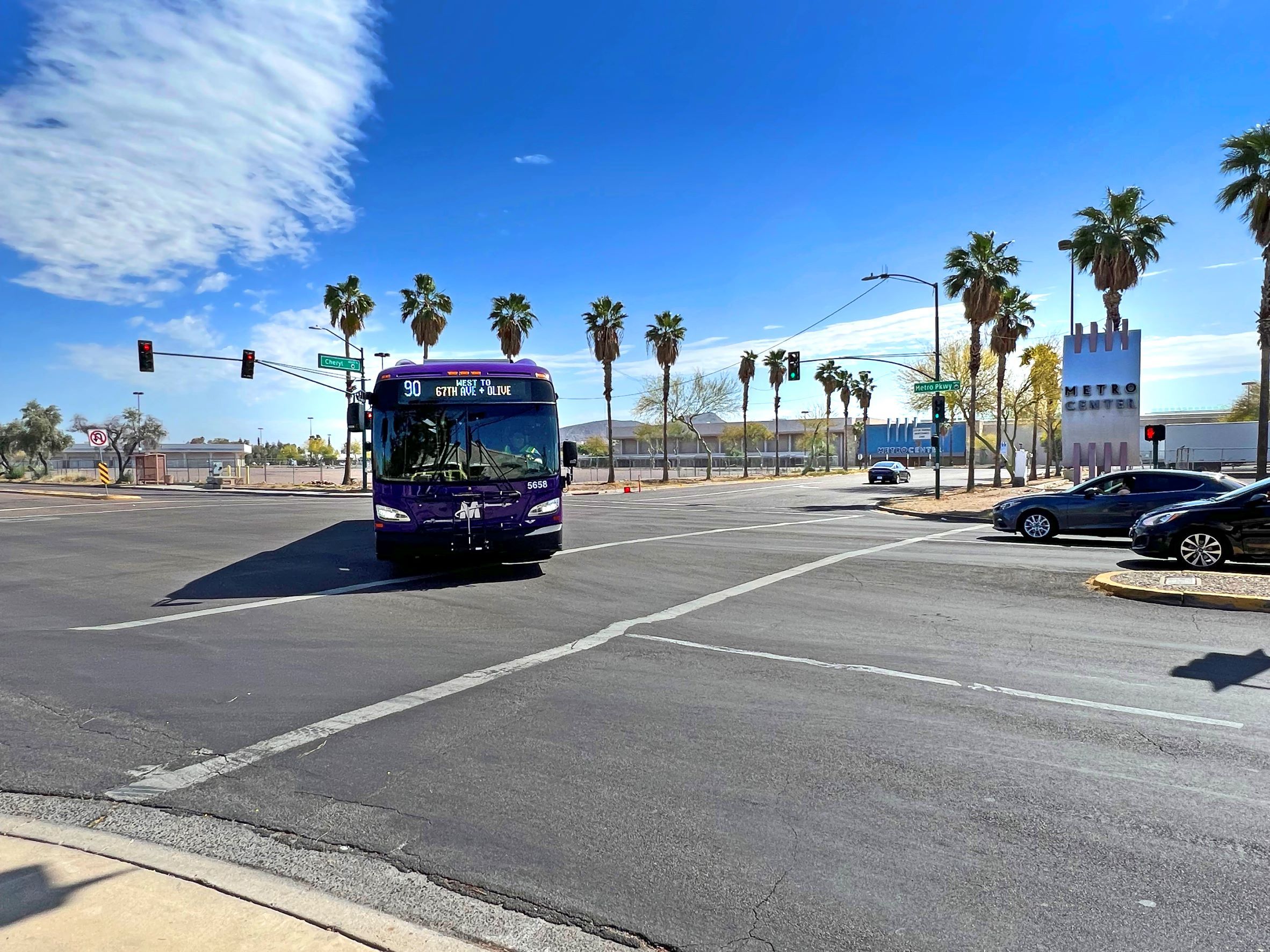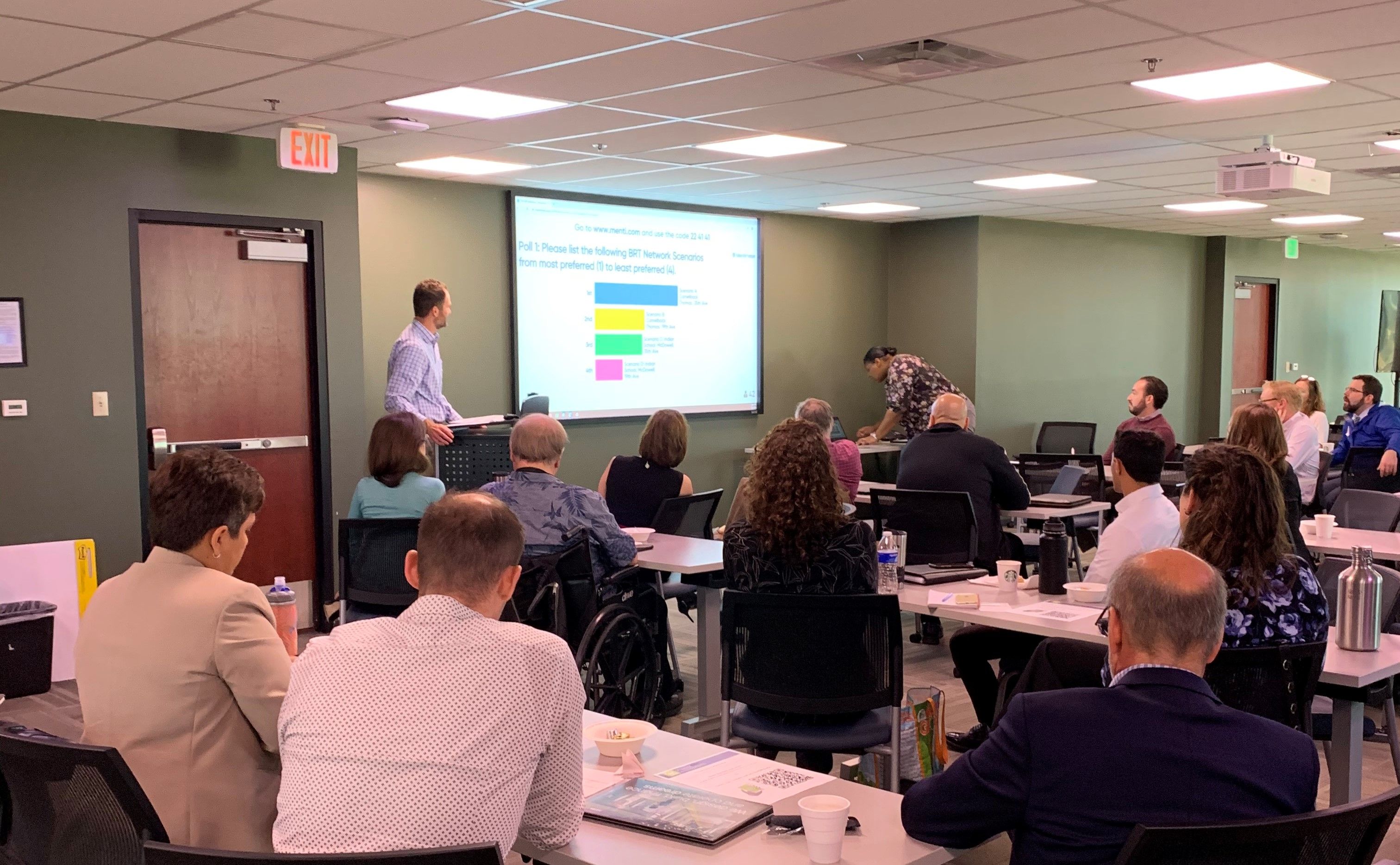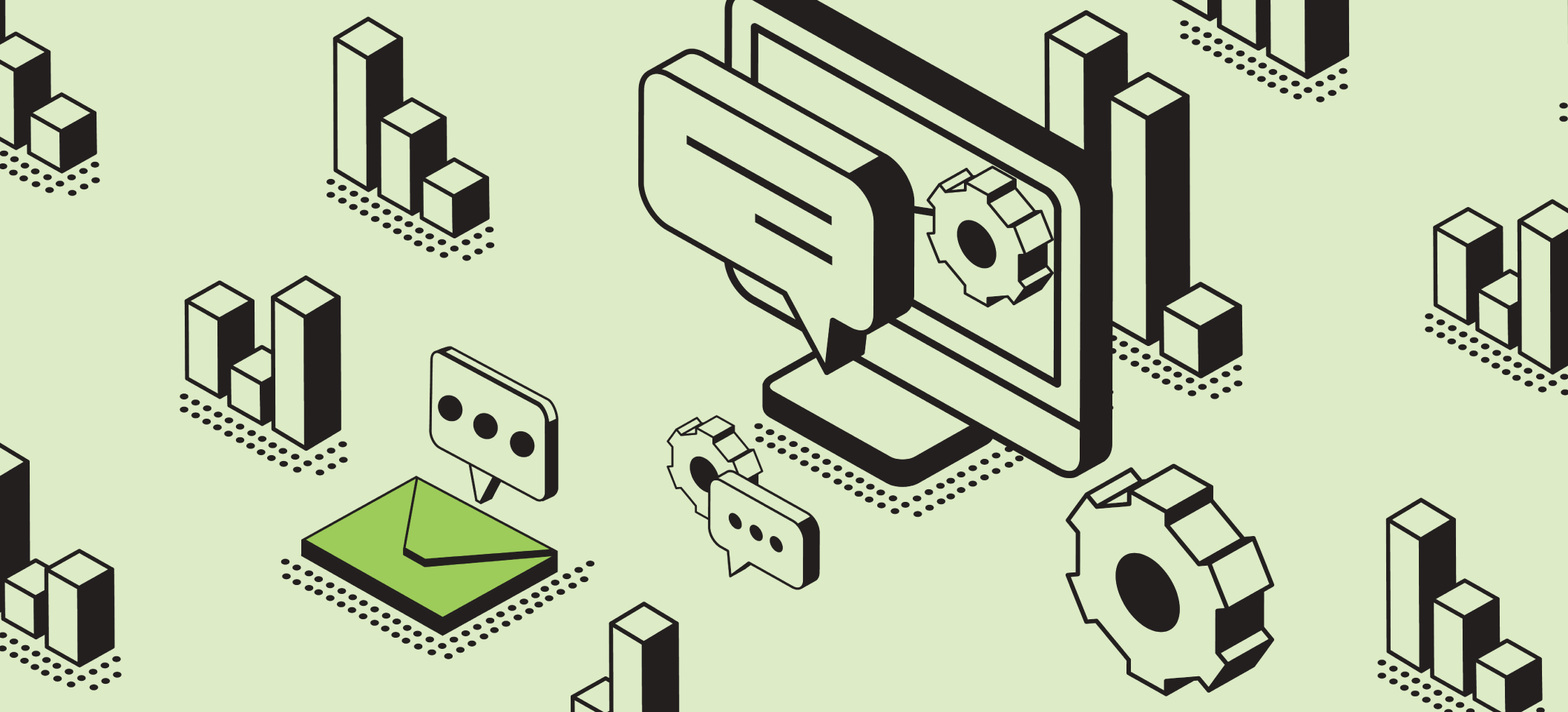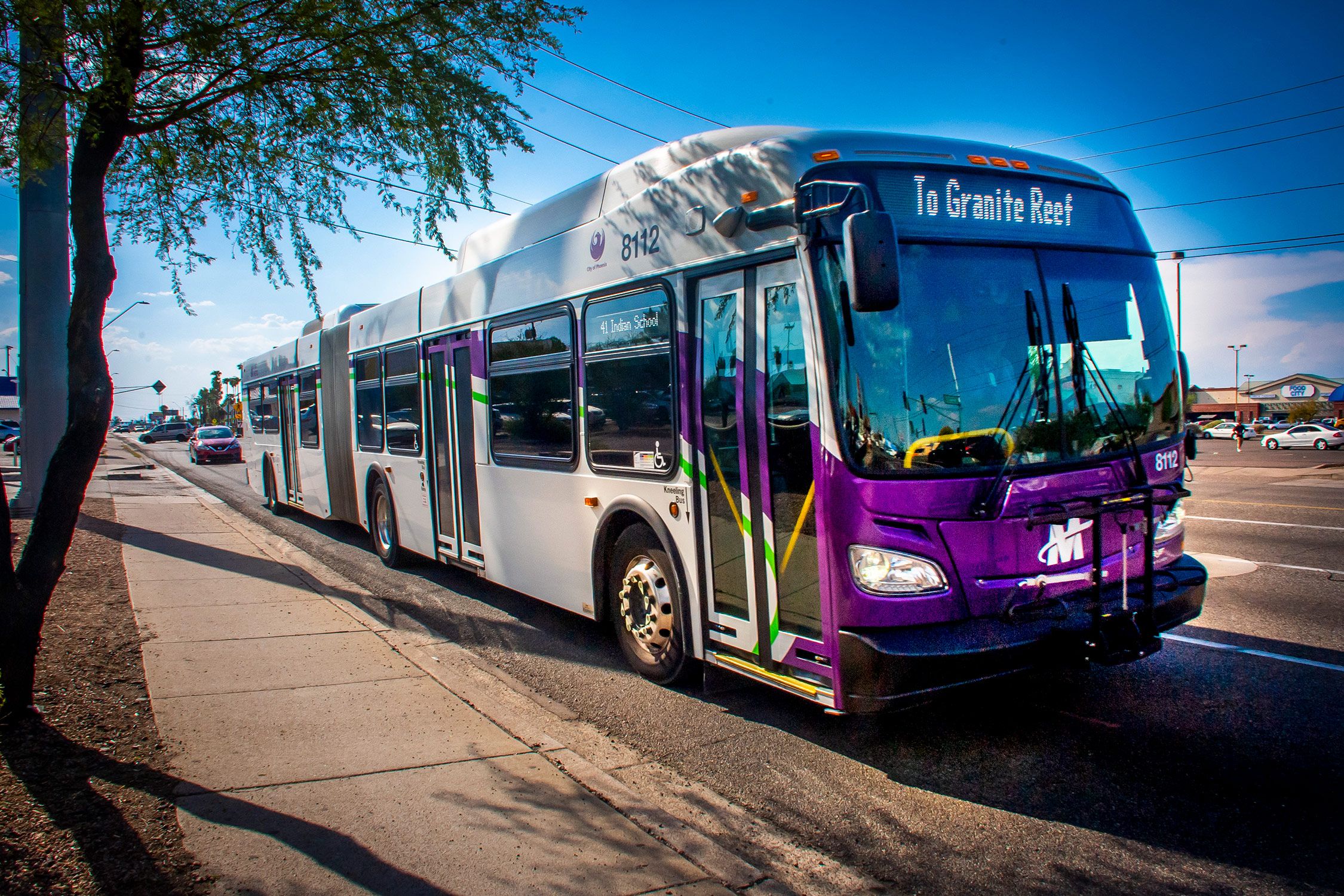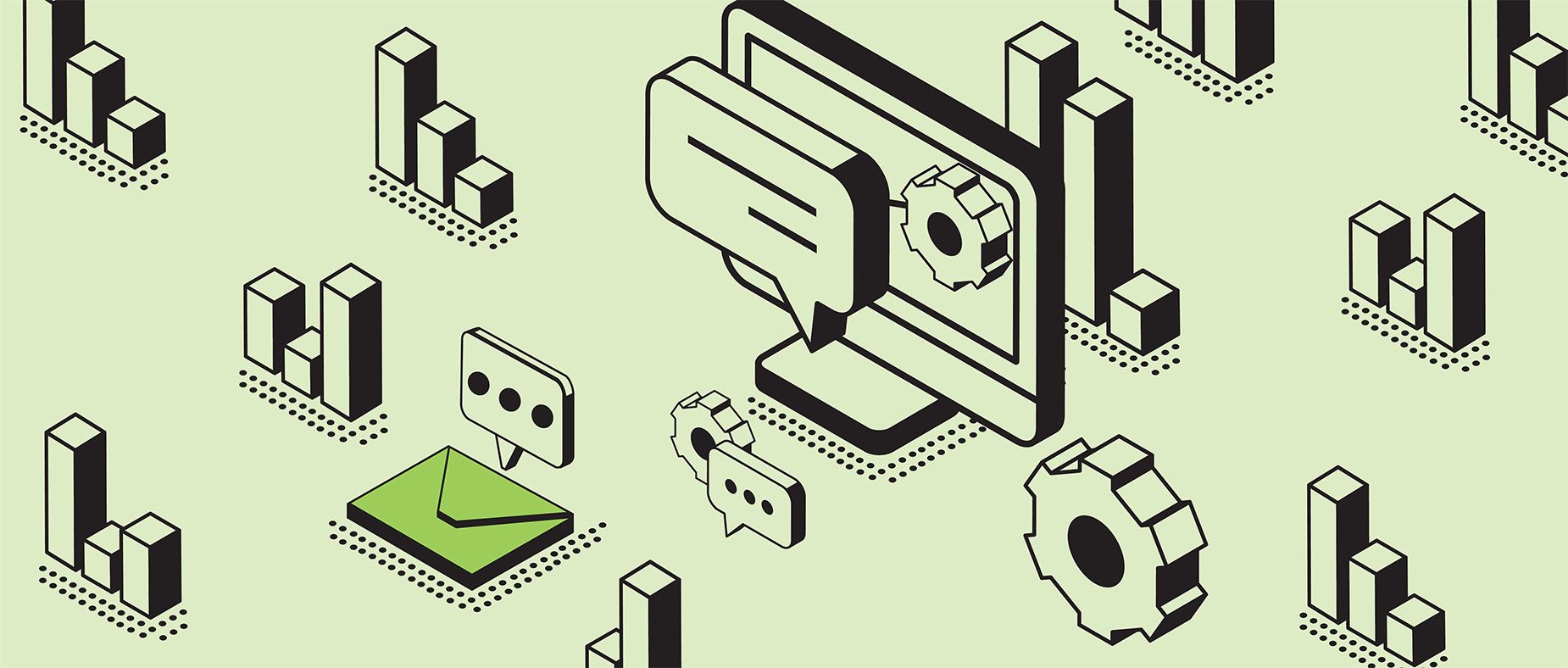What's Happening Today The 35th Avenue BRT Corridor survey is closed. Check back soon for results and more!
Behind the Scenes
Community Opportunities Co-Create
April 21, 2025 Congratulations to our survey prize winners! 🏆🚍
February 5, 2025 We're Back! Upcoming Events and More...
February 5, 2025 Upcoming Community & Business Events
February 5, 2025 Phoenix BRT Connecting with the Business Community
February 5, 2025 Hey there! It’s Phoenix BRT!
February 5, 2025 We're Moving Forward!
May 4, 2023 Great news! The Phoenix BRT Project Team is extending the survey and outreach period!
April 10, 2023 The Phoenix BRT Program is heading your way.
March 21, 2023 Your input matters!
March 7, 2023 Public Meetings (In-Person & Virtual)
February 17, 2023 We want to come to you!
December 6, 2022 Calling All Businesses!
November 9, 2022 Building Partnerships Through Agency Collaboration
Watch Now BRT 101 Video
Bringing Bus Rapid Transit to You
Project Insights Where We've Been Project Insights Where We're Going Project Insights How We'll Get There


